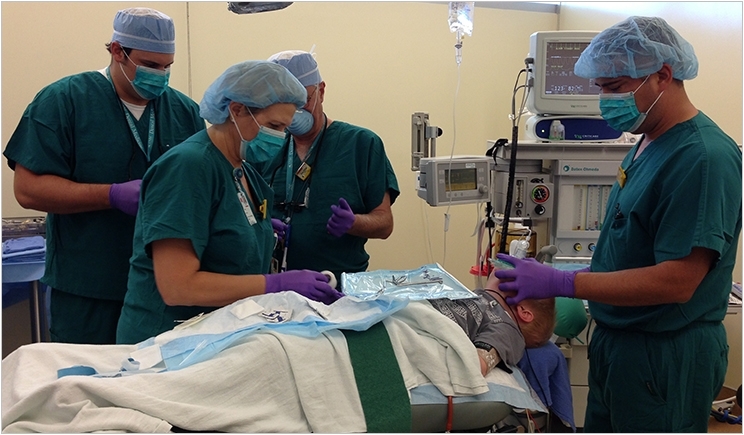
The American Society of Anesthesiologists (ASA) reports that 98% of the respondents in an informal survey of its members said they now regularly experience anesthesia shortages at their institutions, and more than 95% said these shortages affect the way they treat their patients. Dentistry is being affected as well.
“The shortages are forcing anesthesia providers to use alternative sedation drugs,” said Jason R. Flores, DDS, RN, clinic director and director of dental anesthesiology for the University of New Mexico Medical Group’s Ambulatory Surgical Center and assistant professor of the school’s AEGD residency program.
“Some of these alternatives have narrower therapeutic indices, which translates to quicker apneic events, more profound bradycardia, and prolonged sedations in office,” said Flores, who also has Diplomate status with the American Dental Board of Anesthesiology and Fellow status with the American Dental Society of Anesthesiology.
Flores notes that Brevital, which is an alternative to propofol, is a barbiturate that causes quicker, more profound apnea. It is not for the novice provider, he added, calling it “almost too effective in sedation” and “a big sledgehammer for a nail.”
Fentanyl’s alternatives include remifentanil and hydromorphone. Remifentanil has a very quick onset and offset, and it is prone to quicker apneic events and increased incidence of chest wall ridgidity, Flores said.
“Hydromorphone can cause longer periods of obtunded breathing and can lead to more severe cases of apnea,” he added.
Multiple causes have been cited for the shortages, the ASA says, such as pharmaceutical company consolidation and a vulnerable supply chain including Drug Enforcement Agency production limits. Also, key supplies of these drugs are limited to a single manufacturer. The ASA further notes a lack of backup production and reliance on a production facility in Puerto Rico that was damaged during Hurricane Maria.
“Shortages can be artificial, such as a run on fentanyl by the public when they think they are going to run out, or caused purposely by drug companies to artificially inflate the prices,” Flores said. “Or they can be real, such as a true shortage of ingredients, or a disaster that eats up the remaining supply.”
While drug shortages occur cyclically, the current crisis appears to be more significant to the ASA, which has made addressing it a priority. The group aims to use the results of its survey to increase understanding of the issue among regulatory organizations and policymakers.
“ASA spends countless hours working with Congress and leading drug shortage stakeholders as well as collaborating with federal agencies on solutions to combat this important problem,” said ASA president James D. Grant, MD, MBA.
“But we’ve been told by some policymakers that they could use more information and detail about how this is affecting our specialty and the way we care for our patients,” Grant said. “The survey gives real life details to how these shortages are affecting our patients as well as the concerns our patients have about their recovery and postoperative pain.”
In the meanwhile, dentists need to cope with the shortages while ensuring their patients’ care isn’t compromised. Flores encourages sedation providers to become “extremely well versed in a wide range of sedatives and rescue from them.” He also notes that there are institutions and groups such as the American Society of Dentist Anesthesiologists that provide opportunities for clinicians to learn more about dental anesthesia.
“There are residencies, such as dental anesthesiology or oral surgery,” he said. “There are national organizations that hold yearly meetings, and there are training facilities that offer more in-depth courses specifically designed for dentists at all levels.”
Related Articles
What Is a Dentist Anesthesiologist?
SAMERI Ensures Patient Safety in Sedation Dentistry











